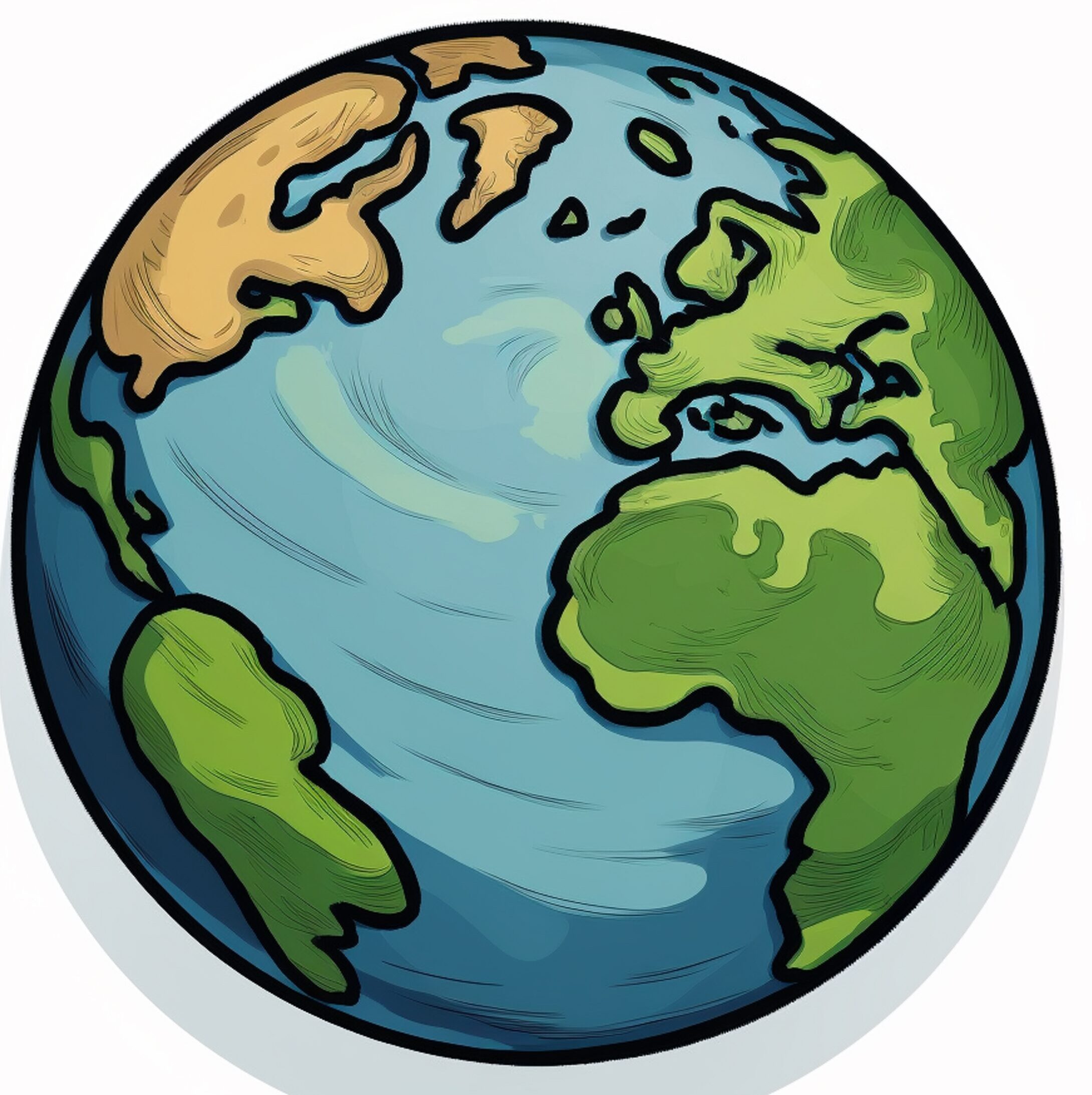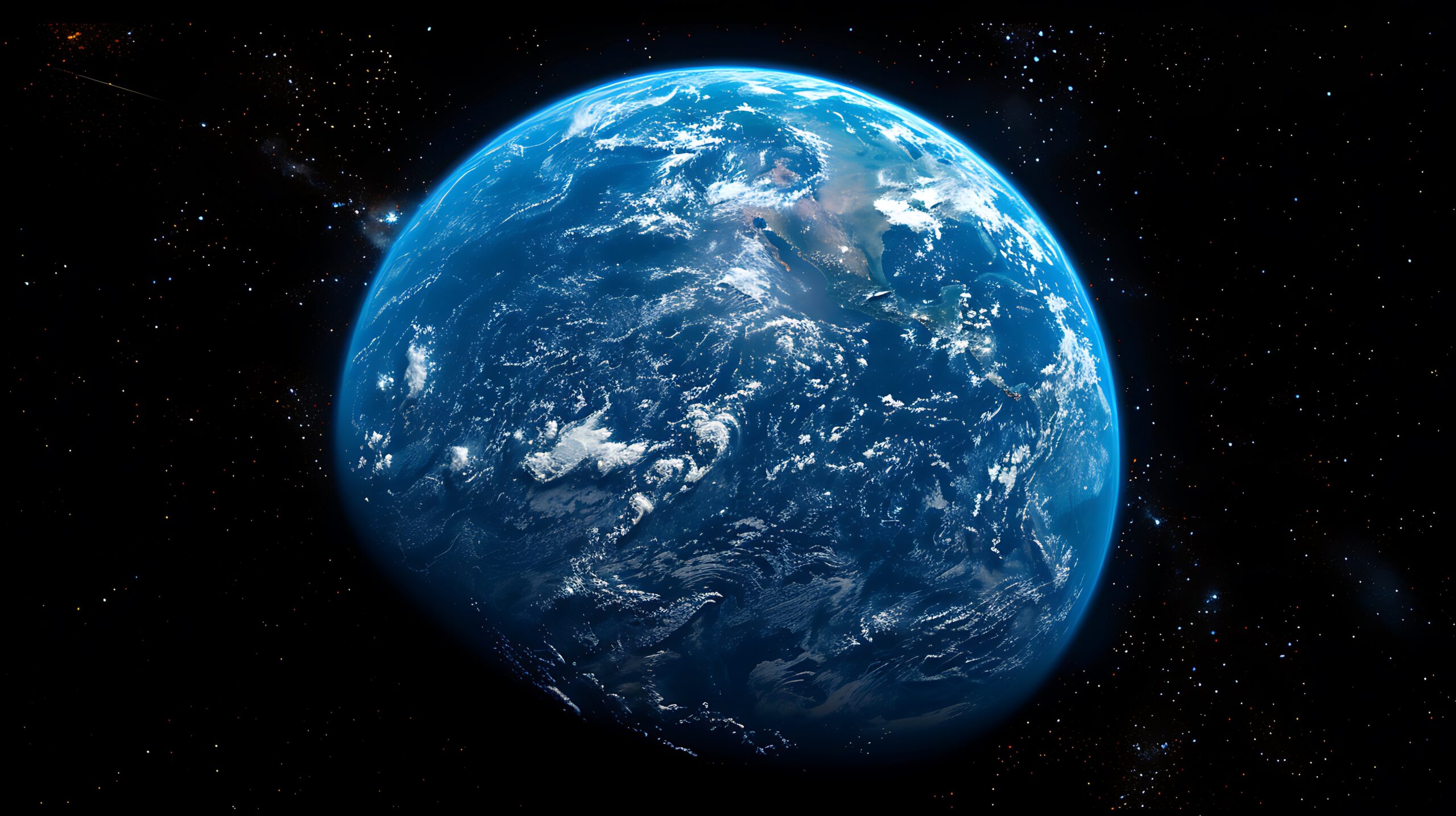Introduction
Earth is not just a planet; it’s our home, the only known place in the universe where life exists. It is part of the solar system and orbits the Sun at a perfect distance that allows life to thrive. From oceans and mountains to forests and cities, Earth holds everything that supports our survival.
1.Structure of the Earth
Earth is made up of four main layers: the crust, mantle, outer core, and inner core. The crust is the outermost layer where we live. It includes land, water bodies, mountains, and soil. Interestingly, 70% of Earth’s surface is covered with water, while only 30% is land.
2.The Only Planet with Life
What makes Earth truly special is its atmosphere—a protective layer of gases like oxygen, nitrogen, and carbon dioxide. This atmosphere allows us to breathe and shields us from the Sun’s harmful rays. Thanks to this natural system, humans, animals, and plants can live in harmony.
3.Nature’s Perfect Balance
Every sunrise and sunset, every rainfall and breeze, every seasonal change is part of a well-balanced natural system. If this balance gets disturbed, life on Earth could become difficult. That’s why it is important for humans to live in harmony with nature.
4.Environmental Challenges
Sadly, Earth is under threat due to human activities. Deforestation, pollution, excessive use of plastic, and wastage of water have led to serious problems like global warming and climate change. These issues are not just environmental—they are directly connected to our health and future.
5.The Future of Earth is in Our Hands
We still have time to protect our planet. Simple actions like planting trees, saving water, reducing plastic use, and recycling waste can make a huge difference. Everyone has a role to play, no matter how small.

